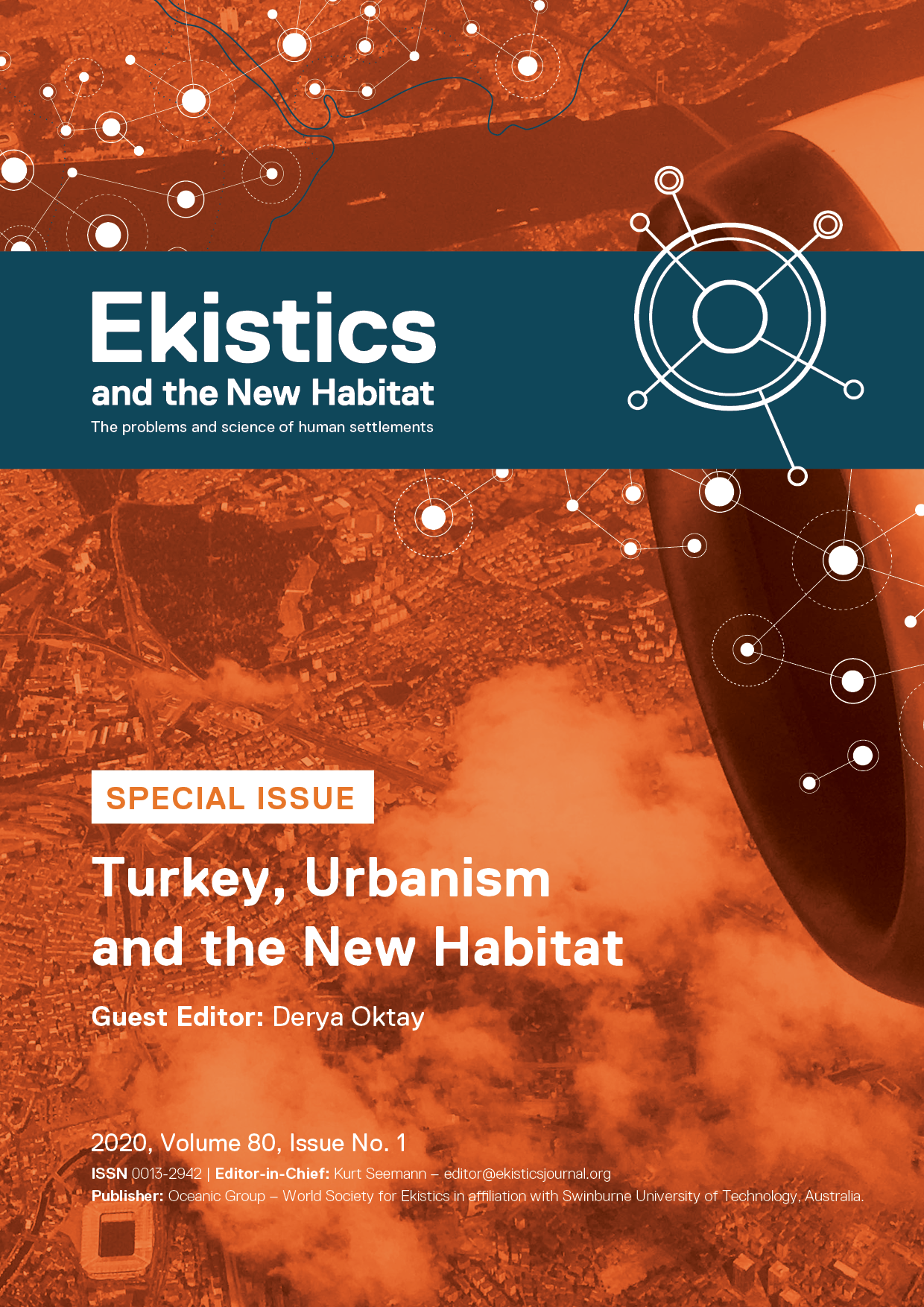A Framework for Increasing Sustainability in Affordable Housing
Case Studies in Turkey
DOI:
https://doi.org/10.53910/26531313-E2020801420Keywords:
affordable housing, quality of life, sustainability guidelines, sustainable developmentAbstract
The concentration of city populations profoundly impacts the environment and human well-being, posing massive sustainability challenges related to affordable housing and its infrastructure. Turkish cities are part of this global trend resulting in new aspirations for affordable and rapidly built public housing, including those created since 2003 by the Mass Housing Development Administration (TOKI).
A major challenge for affordable housing in developing countries, such as Turkey, is the lack of a holistic and viable sustainability framework for use in their creation. Currently, empirical case studies of successful housing projects and city design and planning literature provide a rich source of background data on affordable housing strategies, yet a detailed set of urban sustainability indicators are neither well defined nor integrated. The primary goal of this article is to articulate the components of economic, environmental, and social sustainability (e.g. land-use, energy use, design process, accessibility, density, affordability), while outlining a set of guidelines for affordable housing that can be operationalized by agencies fostering a more sustainable quality of life, such as TOKI. The article begins with a review of literature to identify sustainability indicators applicable to low-income residential environments, then examines two TOKI housing projects in Turkish cities, Bursa and Amasya.
Downloads
Published
How to Cite
Issue
Section
Categories
License
Copyright (c) 2021 Ekistics and The New Habitat

This work is licensed under a Creative Commons Attribution-NonCommercial-NoDerivatives 4.0 International License.
Please contact the Editor-in-Chief: editor@ekisticsjournal.org, should you have any questions on copyright for your submission.
This research journal is for Educational and Knowledge development purposes.
All material published on this site complies with our copyright and terms as described by the Attribution-NonCommercial-NoDerivaties 4.0 International (CC BY-NC-ND 4.0)






